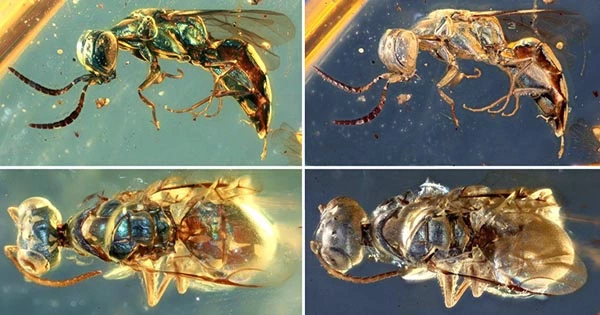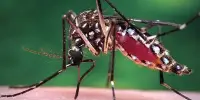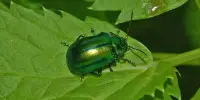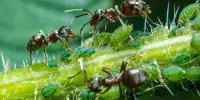Using teeny-tiny technology, a drop of ancient amber has given rise to a new species of insects. Researchers were able to confirm the existence of the genus Calliarcys within Eocene Baltic amber using microtomography (Micro-CT). This represents a unique chance to learn more about ancient mayflies, which are rarely preserved in the sedimentary rock fossil record.
The equivalent of the interior of a Kinder Egg on Earth is amber fossils. They both have a rather 1960s-style golden color, and they both have the potential to hold fragile wonders that, in the case of amber fossils, maybe hundreds of millions of years old.
One of the numerous bizarre defense mechanisms used by trees (the trojan and offerings are a particular favorite) is the production of resin, the gooey substance that eventually transforms into amber. Unwary insects frequently become trapped inside because it oozes out of cracks in the bark. This results in fossils that have the added benefit of conserving soft, fragile creatures in spectacular detail.
Our knowledge of the development of some insect families, such as mayflies, is largely based on fossils found in Eocene Baltic amber as well as Miocene Dominican and Mexican amber. These beautiful fossils are to thank for this. The majority of the specimens found in those locations are members of the subfamilies Leptophlebiinae and Atalophlebiinae, but Calliarcys is a brand-new genus that we can now add to the mix.
The strange specimen, however, made things difficult for the scientists who made the finding because several key areas that were necessary for establishing a positive ID had turned translucent. The conundrum would, however, turn out to be no match for a talented group of worldwide scientists who were equipped with cutting-edge machinery.
They were able to create a 3D image of the bug using Micro-CT, which used X-rays to capture even the smallest of structures with a resolution of as little as 0.5 micrometers. To appropriately position this into the evolutionary tree, they may then compare this to mayfly species that are now present and perform molecular analyses.
According to research co-author Professor Javier Alba-Tercedor, “In brief, it all started with the discovery of a lovely insect preserved in amber, which grabbed the attention of the professional eyes of a scientist.” And which, in the end, required the fervent cooperation and detective work of five scientists based in research facilities spread across four countries, who, after employing the most recent techniques, were finally able to name and describe an insect that has been imprisoned inside a drop of amber for millions of years.
















